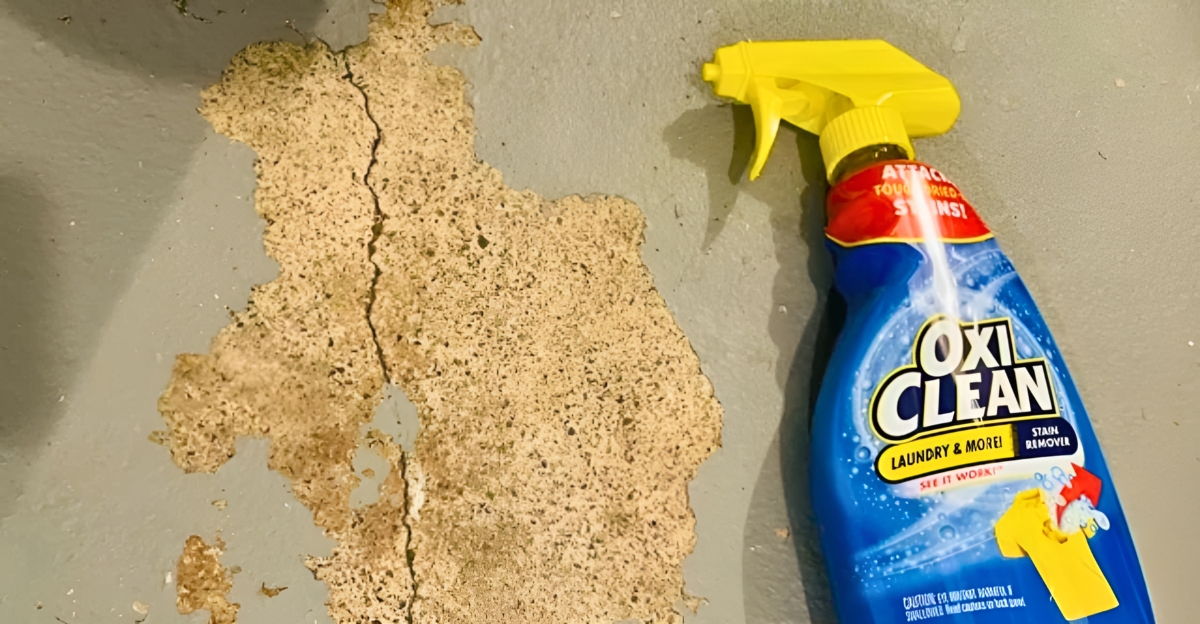
Many trusted cleaning products are making your home dirtier. Mostly it happens because of improper use or microbial resistance. You can improve your cleaning routine by learning more about these products. For example, it is helpful to know that marketing advertisements usually hide harmful ingredients.
Also, there is a thing like in medicine, a resistance to micro-bacteria, which actually turns your home into a place with even more germs. This is because bacteria stay behind or can survive during cleaning. The overuse of disinfectants could lead to even more microbial resistance to cleaning supplies you often use. Let’s take a closer look…
1. Bleach
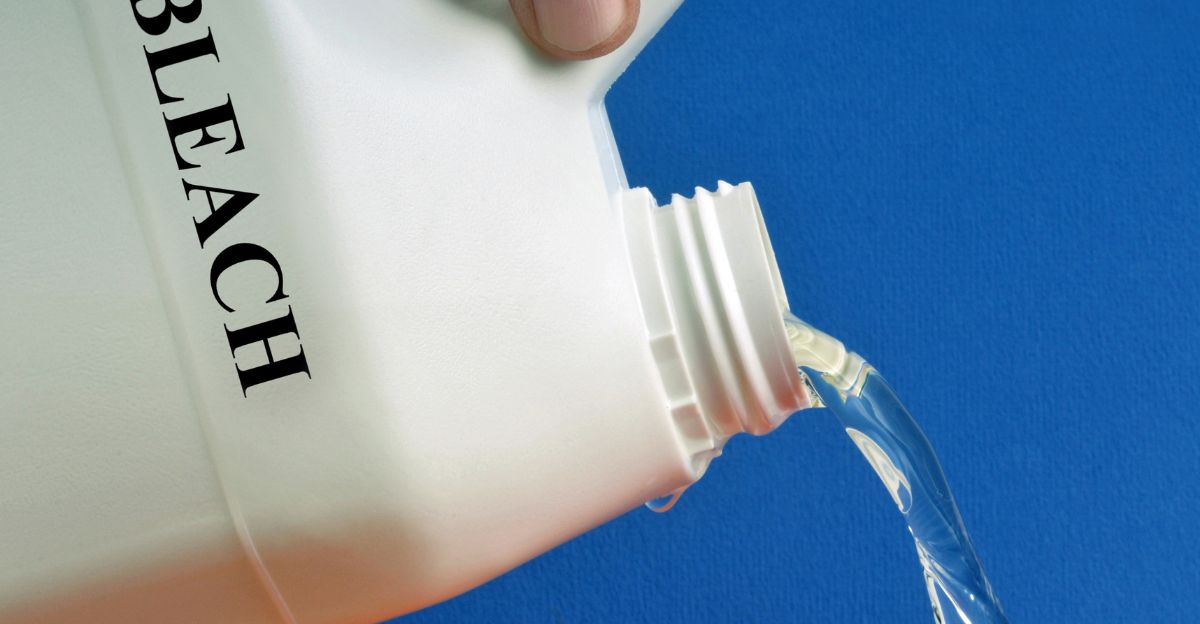
It is well known cleaning product in many homes but it has side-effects. Such as health risks, especially when it comes to children. Using this product you can get resistant bacteria in your home. Some brands of bleach might only work for cleaning germs on the surface and only with several types of them not all. It would be better to use oxygen-based boosters as an alternative product to reduce these risks.
An article in the Journal of Hospital Infection says that bleach being used very often can cause bacteria to become resistant to multiple antibiotics. This could cause a public health crises and lead to your family getting sicker much more often. By using bleach excessively you also risk destroying furniture surfaces.
2. Fragrance-Loaded Cleaners
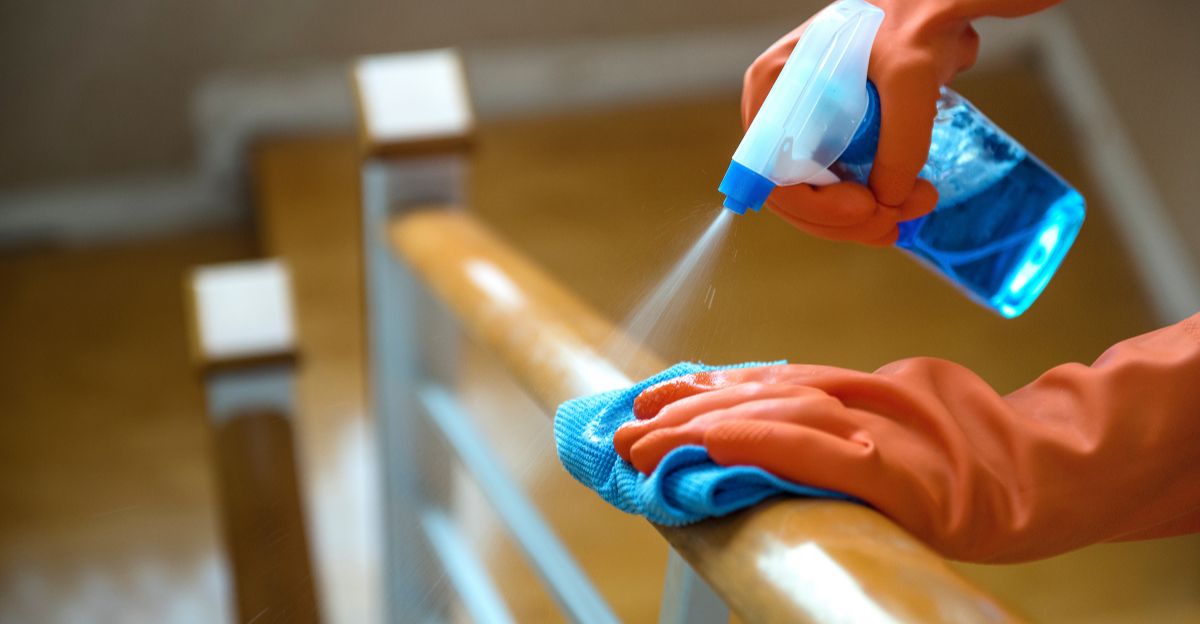
Fragranced products cause degrading air quality. They contain a lot of synthetic chemicals which can cause different health related concerns like asthma, migrains etc. Research done in 2017 states that many fragranced products cause respiratory problems and environmental pollution.
There is no demand for factories to disclose all ingredients in producing products so people buying these products can expose themselves to harmful substances without even knowing it. It would be better to use fragrance free products which can dramatically reduce the possibility of such risks. It is also recommended to use activated carbon filters for reducing airborne toxins.
3. Mops and Mop Heads
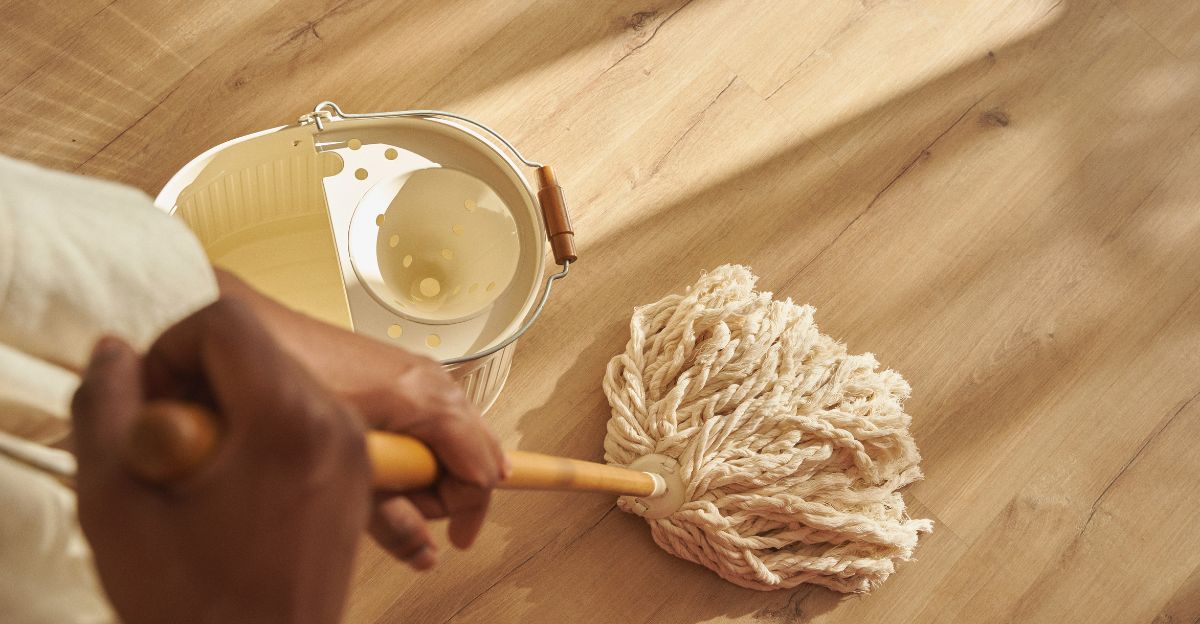
Mops are one of the dirty cleaning tools that we often neglect. It is very important to clean mops regularly. It is also necessary to replace used mops every several months to avoid redistributing dirt and germs around the house. The proper way of cleaning a mop is to use your mop after vacuuming, change the water between rooms, and rotate mop heads regularly.
Research shows that mop heads are one of the dirtiest things in the world and the problem worsens in environments with high levels of moisture. A way to combat this is to use microfiber mop heads, which lasts longer, but also need frequent washing and replacing. You can use hot water as well as disinfectant to clean your mop head.
4. Laundry Products
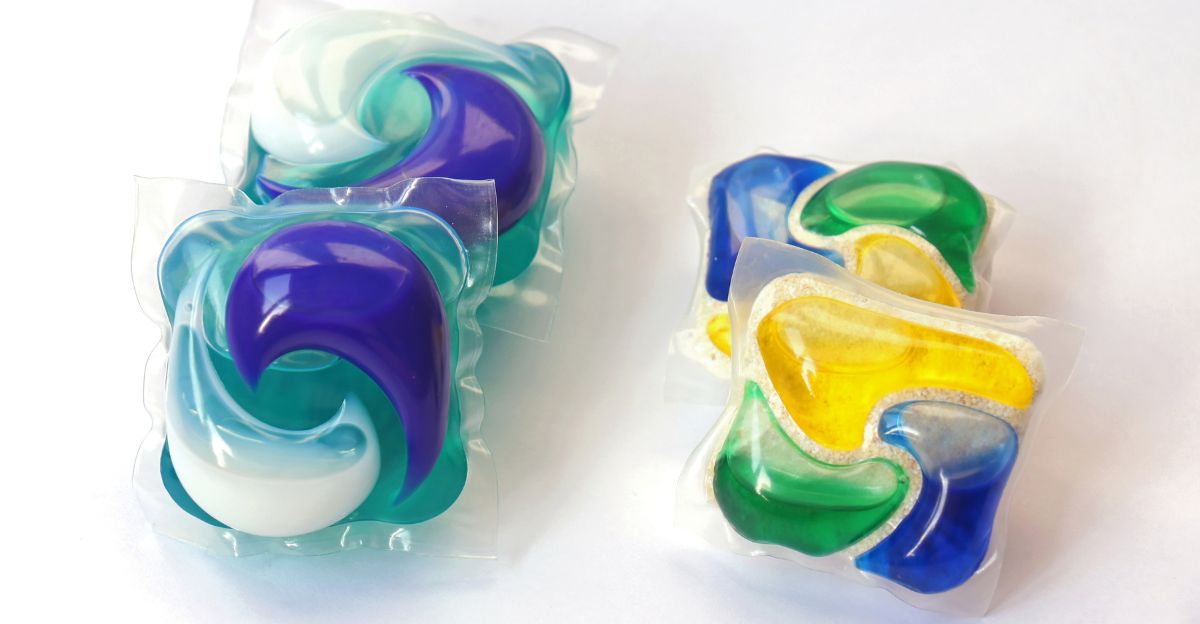
Laundry products are often chemical cocktails, that could pollute fabric and even the environment. Laundry products can be things like stain, removers, laundry detergent, and dryer sheets. These products do contain toxic chemicals, like benzyl, acetate, and even chloroform these toxic chemicals could possibly irritate your eyes and skin or your respiratory system.
In the modern day, we have more access to products that are labeled ”natural” or ”green,” but even these products contain chemicals. We also need to think about the effect that these products have on ecosystems because they can lead to pollution if they persist in wastewater. A Environmental Science and Technology study showed that laundry chemicals could accumulate in lakes and rivers which could be harmful towards the aquatic life.
5. Drain Cleaners
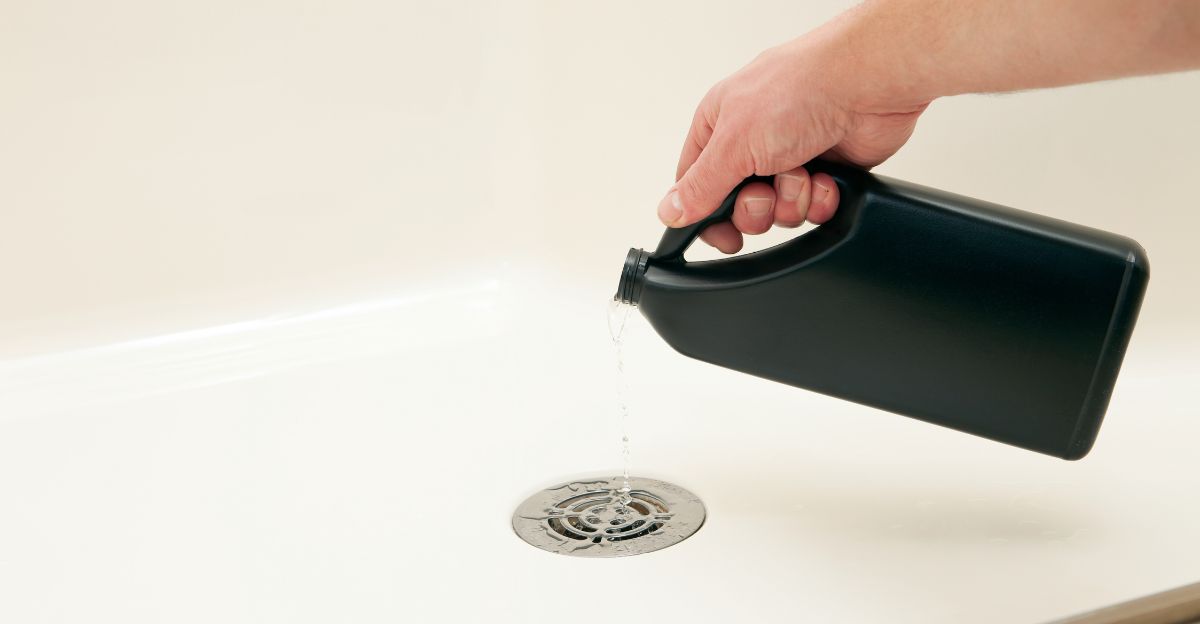
When we look at chemical drain cleaners that have sodium hydroxide in it, it is highly corrosive meaning that it could cause respiratory damage, possible severe burns and could be toxic to the environment. The American Association of Poison Control Centers reported in 2019 that thousands of emergency calls were being made in relation to exposure to drain cleaner.
We should also note that these chemicals could possibly degrade PVC and metal pipes overtime. There are some safer options to drain cleaner that you could try, which includes baking soda and vinegar, or mechanical methods such as drain snakes. Using enzymatic drain cleaners is an option as uses bacteria to break down organic matter, but is still a nontoxic alternative.
6. Dry cloths and Feather Dusters

These are some everyday items that we all have in our house, but they tend to just spread dust around instead of removing it. They redistribute these particles back into the air because they often lack the capability to capture them. This could increase dirt accumulation and expose you to more dust, which can cause allergens.
Indoor air published the study in 2015 that showed how feather dusters Increase the dust concentration in the air by 50%. A more effective way to try and trap dust is by using a microfiber cloth that is dumped along with appropriate cleaners. They are electric static and could attract and hold dust longer, which prevented from resettling in your home.
7. Spraying Cleaners Directly on Surfaces
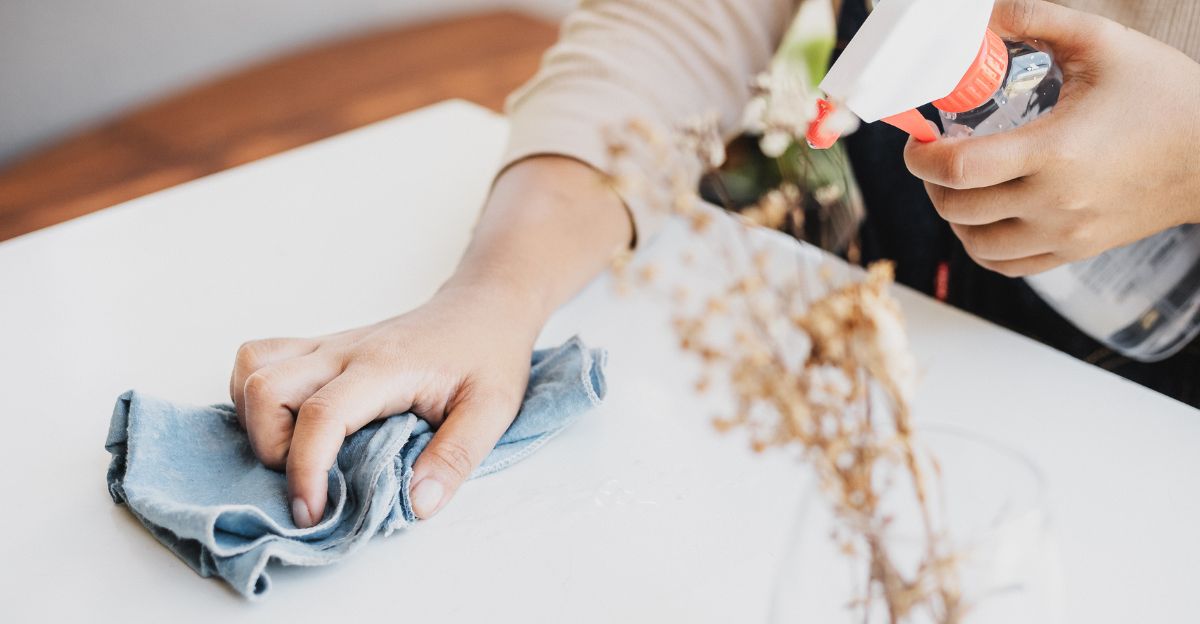
You could be creating greasy and sticky residue by spraying your cleaners directly on surfaces. If you spray cleaning solutions directly on the glass of furniture, it could cause chemical buildup that attracts dirt. In fact, it would cause dust and grime to adhere more firmly in the long run, making your furniture even more challenging to get clean. Some spray cleaners leave behind invisible films that could thicken over time.
A better alternative is to use a cloth and apply the cleaner on it first before wiping surfaces. For mirrors and glass, you can use distilled water or even vinegar solutions along with a microfiber cloth to get those streak-free results.
8. Dish Sponges and Rags
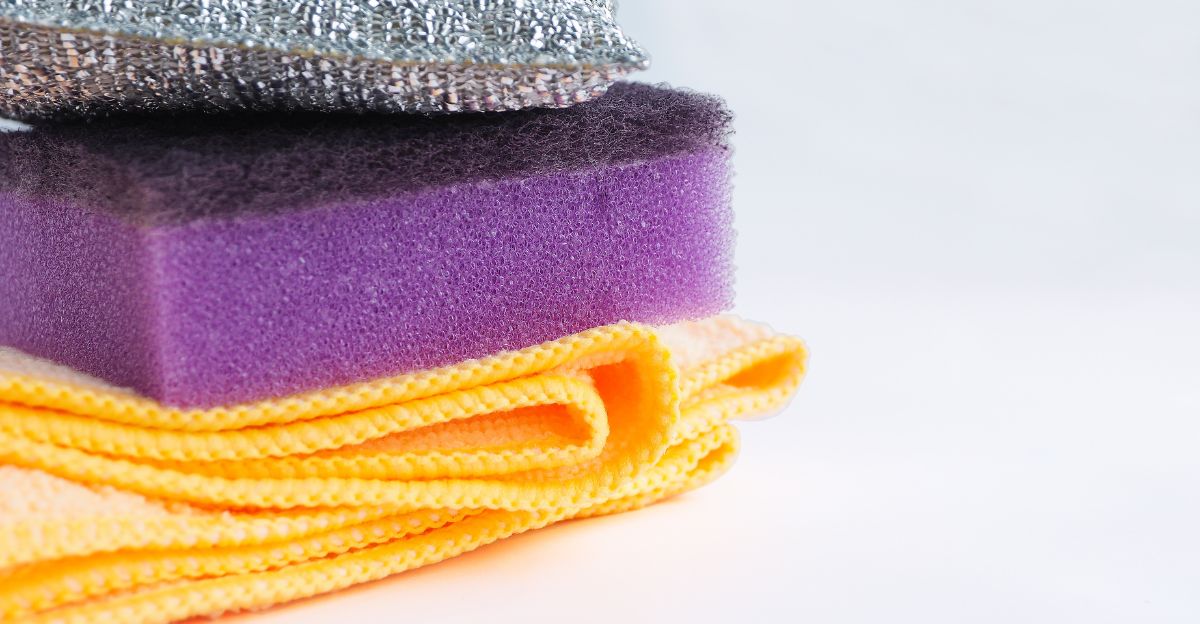
We might think that sponges and rags are self cleaning because we always use them with soaps. They actually create an ideal breeding ground for germs and bacteria because they are frequently left damp. They also come into contact with food residue, which can create an environment for bacteria to multiply.
Types of bacteria that could occur include E. coli, salmonella and other antibiotic resistance strains. Using the same sponge or rag on multiple surfaces, increases the risk of cross contamination because it spreads bacteria throughout your kitchen. A way to combat this is to microwave a damp sponge for at least one minute or two to kill off myself the germs, but please make sure too wet the sponge before you microwave it to avoid a fire risk.
9. Ignoring Invisible Dirt on High Touch Surfaces
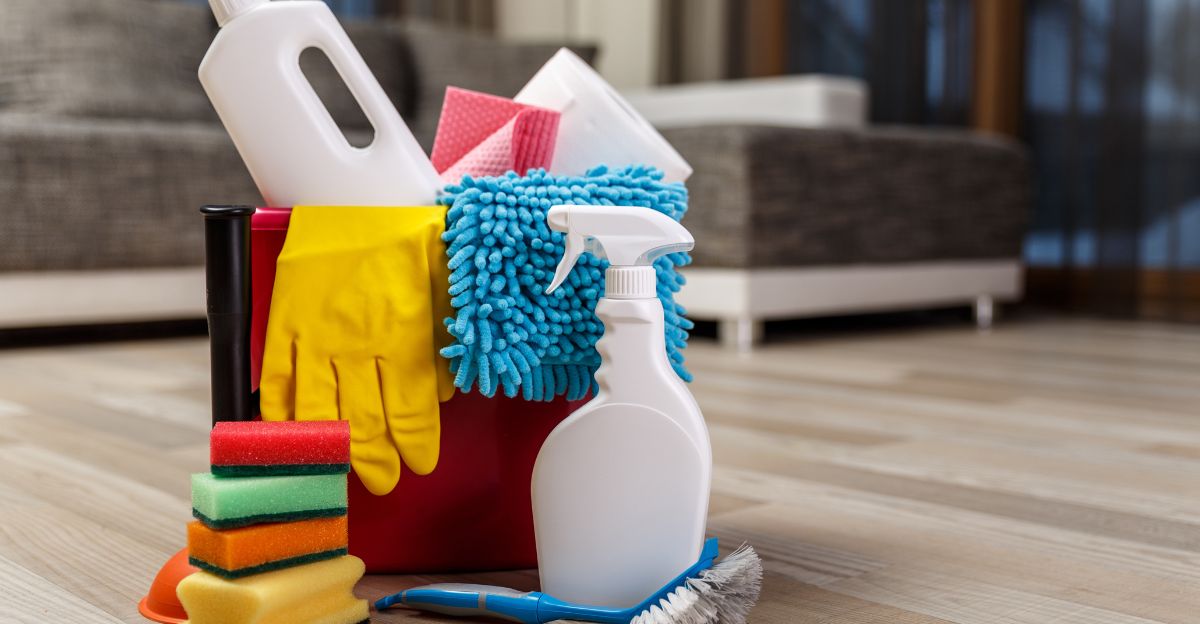
The Applied Environmental Microbiology Journal released a study in 2020 that found surfaces in your home that are high touch. Could possibly be carrying pathogens that could be found in hospitals. One way to combat this is to regularly clean, usual overlooked areas with good disinfectant, this will give a more effective clean to make your home environment, healthier, and reduce illness risk.
Try to avoid using harsh chemicals because these could damage electronics. Rather use alcohol based solutions, microfiber cloths, and surface wipes try to get other household members on board by optimizing hand hygiene to minimize contamination you could target these invisible hot-spots and brake transmission chains.
